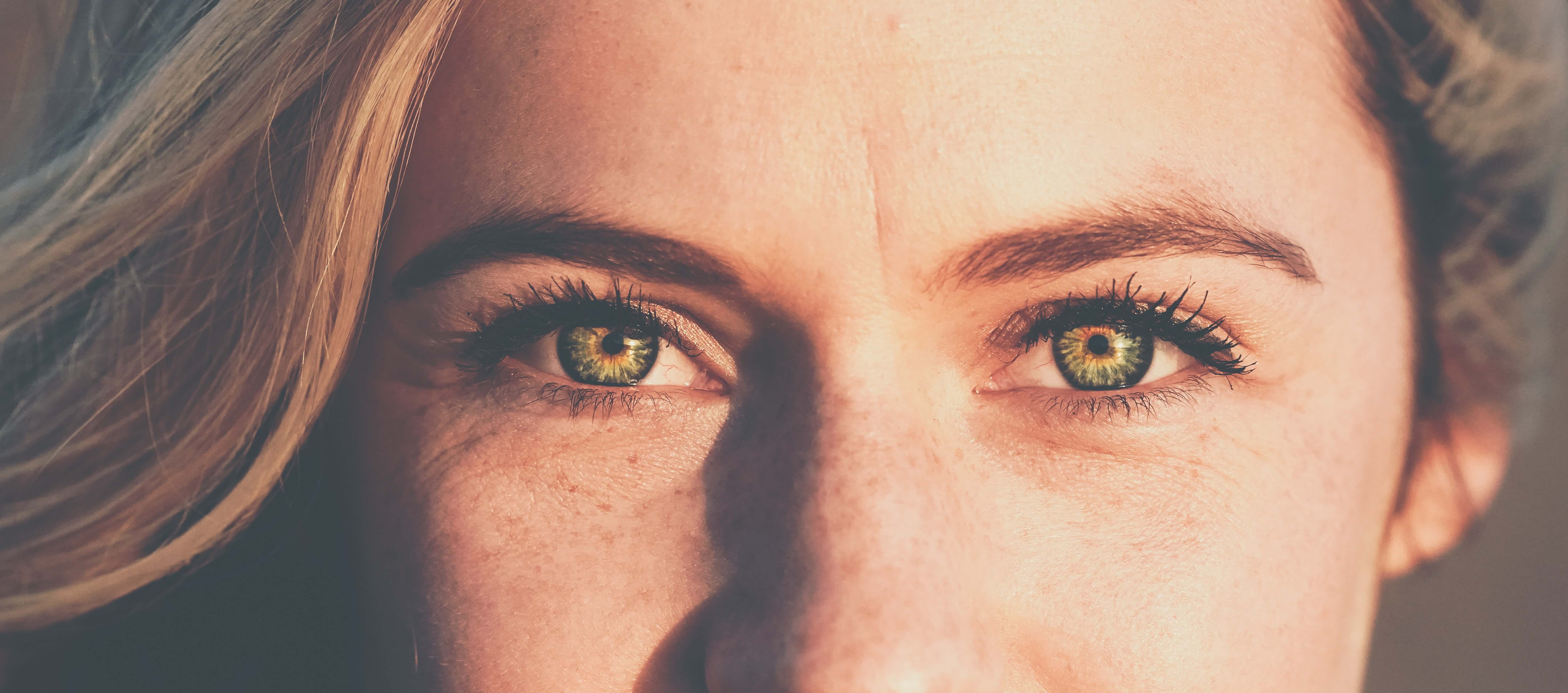Back when I was in pharmacy school, I heard about training the eyes to help improve vision. I thought the guy was from another planet. Fast forward a few years, and the newly coined “eye yoga” was all the rage. But what is it? How do you practice? Where should you practice? And does it actually work?
What is eye yoga?
Eye yoga is practice of training the muscles around the eye. You first exercise and then relax the muscles. The practice reduces eye fatigue, improves eyesight, improves proprioception, strengthens the lens of the eye, and maintains healthy eyes.
How exactly do you do eye yoga?
The movements may involve exercises that move the eye around a clock, to the left and right, diagonally, or up and down.
It is important to follow periods of activity with periods of rest. Rest the eyes by palming the eyes or blinking. Palming is done through rubbing your palms together and then cupping one palm over each eye to relieve tired eyes. Blinking is the practice of blinking 10 to 15 times with ease. This may help to to improve dry eye associated with the poses.
After all exercises, take a moment to cup closed eyes in the palms of the hands. Massage around the orbit of the eye. Then blink repeatedly to allow the muscles to relax.
Where can I practice?

Practice anytime that you aren’t using your vision to focus. You can really practice anywhere at anytime! In the car (while not driving!), at your desk, or in the bed are great places to practice eye yoga.
As with any wellness routine, the easiest way to incorporate the practice is daily. Use eye yoga as a part of your morning and evening wellness routine.
Challenge your eyes to move in different directions. Following activity, allow eyes to relax. This helps vision to stay sharp and focused.
Do the “poses” improve eye health?
One clinically proven benefit of consistent practice is reduced eye fatigue. Exercises also strengthen muscles around the eye, bring moisture to the eye, and may strengthen lens tissue.
Eye yoga can be a safer form of yoga for people with eye diseases like glaucoma. Some traditional yoga poses increase pressure in the eye, and this is risky for people with eye disease.
When is the best time to practice?
Practice eye yoga when you are comfortable and relaxed. Practice after long hours at the computer, extended studying, or when resting on long road trips.
The practice is particularly effective when your eyes are very tired. Practice in an environment where the room is dark. Allow your eyes to relax and solely focused on the practice of eye yoga.
Ready for more yoga?
Head here and check out this video about yoga nidra. This is the yoga of sleep, and anyone can do it no matter how new to yoga.
Spending a long day in front of the computer? Check out these glasses that protect your eyes during substantial screen time.


